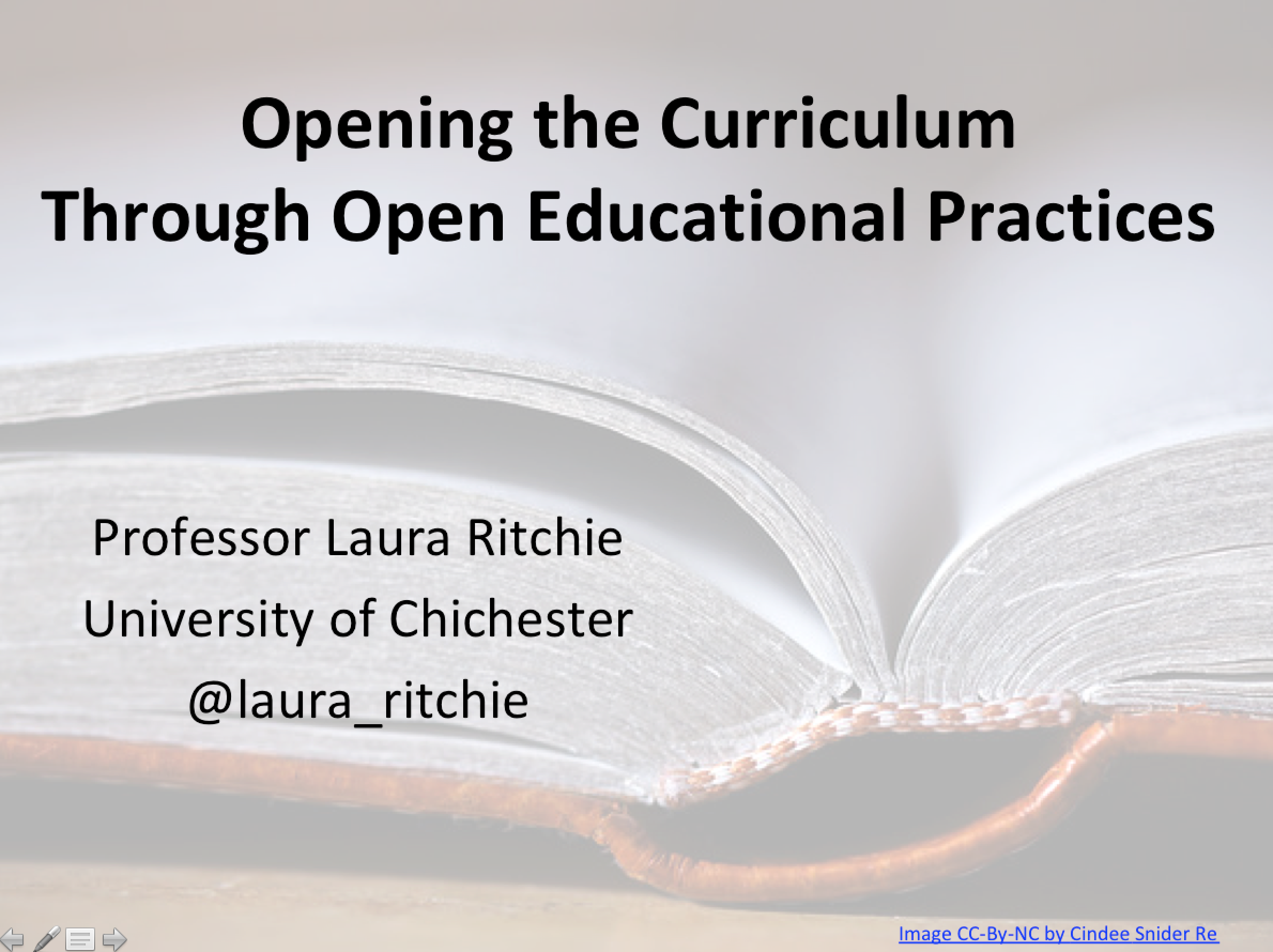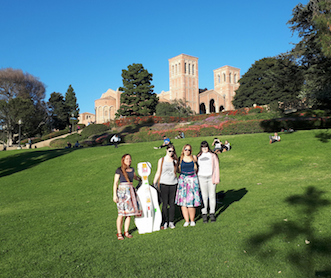Encouraging learning: A graph with perspective
At uni my teaching students follow along with the topics of open music class #MUS654 as a stimulus for learning about designing a curriculum. One of my aims is that students connect outwardly and begin to form wider networks of inquiry with teachers and musicians. Although this year I haven’t succeeded in convincing people to make blogs and post outwardly, the students occasionally allow me to share their ideas. This post is about a task I gave students to create a representation of their 1-year curriculum to present in our class session, with strict instructions not to use powerpoint. I wanted some creative representation, and that is exactly what I got.
Brady made a graph and a graphical representation, and gave me permission to share his ideas with you. It is also fitting that he made a graph, as in another course (where I’m the student), #el30, the task this week was to make a graph. Lovely when strands of life cross paths, isn’t it?Read More »Encouraging learning: A graph with perspective





